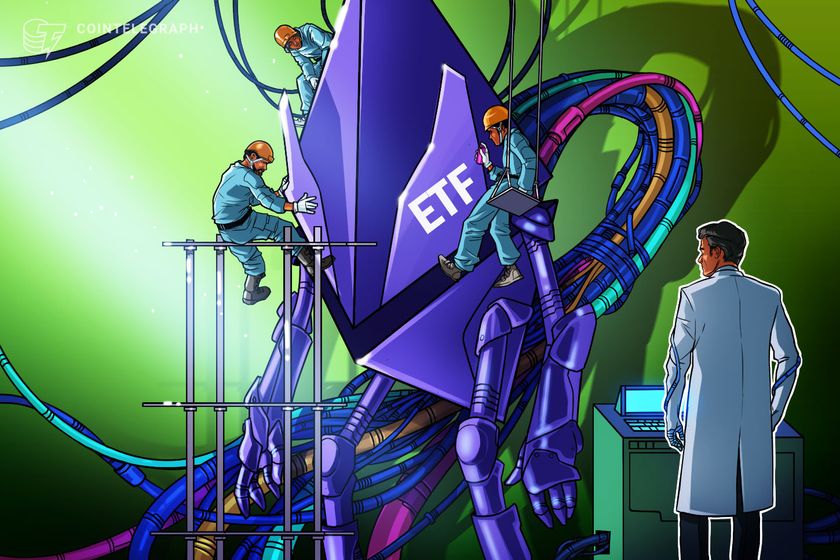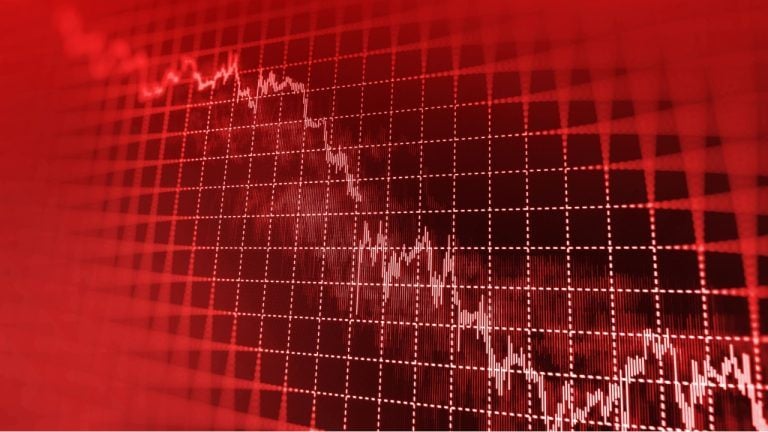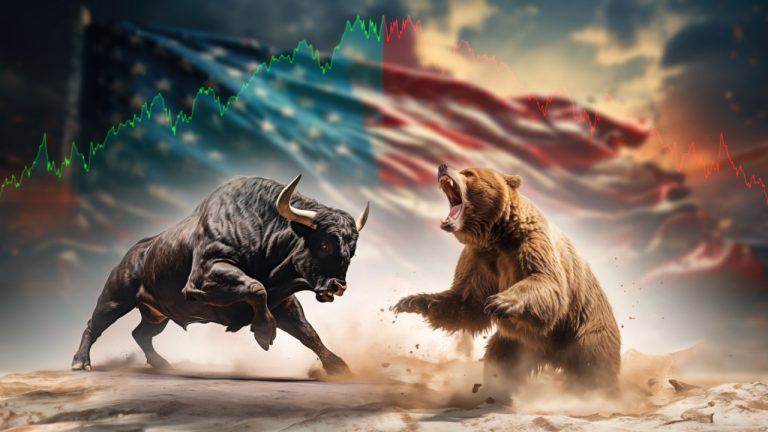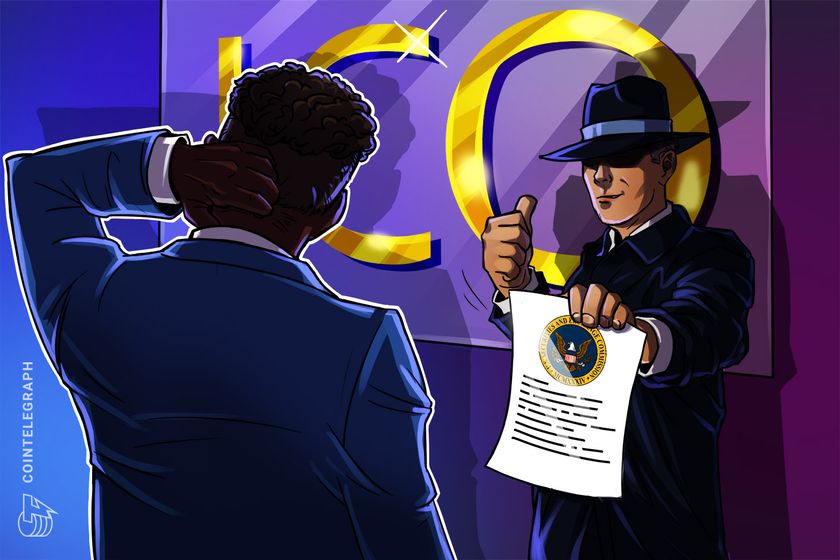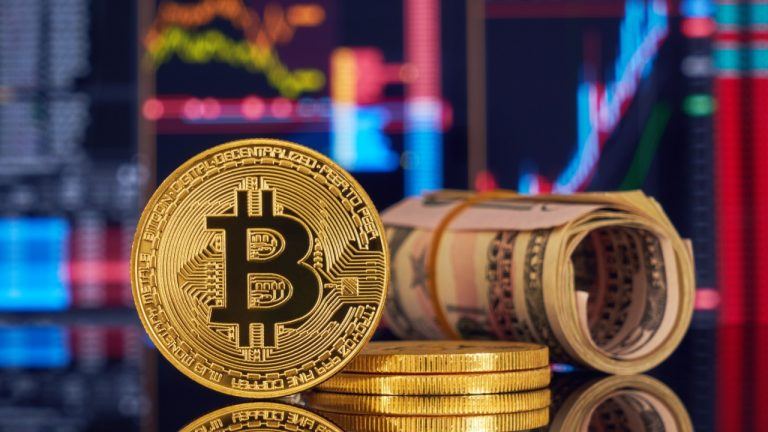
The History of XRP and Ripple
XRP and Ripple history predates the internet and has been in existence for decades. During the 1970’s this asset was used as collateral for bank loans. This was later taken away when the banking laws were changed. Today it is used in the same manner as any other asset.

ripple is simply the shared global transaction currency, which is used in the financial industry to exchange one currency for another. ripple can be seen as a way of telling the market where something is going and when you need to buy or sell. This is not the same as Bollinger Bands, which is used in the Forex market.
ripple shows the prices of assets moving up and down over time. These prices will change constantly as the market factors such as interest rates and news releases influence them. As these factors effect the prices of currencies XRP and Ripples will appear. They will occur around key events that have an effect on the economy. The prices will then be affected and will either go up or down in relation to the other.
The history of XRP and ripple shows how the asset has been traded back and forth between investors and institutions. This shows the fluctuations that occur in the economy from one day to the next. This is important to investors and institutions as they need to know which direction the asset price will go. XRP and ripple history provides information on price movements over time. Knowing this information can help investors with their investment decisions and make a more well-informed decision regarding which currency to buy or sell.
It is also important to remember that price action cannot truly be trusted in the same way that market indicators like the S&P 500 and the NASDAQ can. Price action is influenced by numerous external factors and can be rendered useless as an indicator of where the market will go next. Price action can become skewed by news that gets into the market or by the timing of when major financial reports are released. Even the best market analysis tools cannot provide an accurate forecast of the timing or movement of an item in the real-time market.
This is why the best way to use price action to your advantage is to use it to take advantage of the ripple effect. ripple suggests the possibility of a price action being non-zero for a certain period of time, such as two to three days. This period can give you the advantage of using price data to enter a profit target before other analysts can predict it. If a target price is reached and the target price has not been reached yet, this means that someone else has seen a potential benefit and has entered the market ahead of you. You would have lost out on a potential profit.
On the flip side, if the price has reached a profit target and then the target price has been reached by another investor, this simply means that the investor has exited the market without buying, implying that now you have the upper hand and can sell for a profit. You may have heard about market ‘trend trading’. Trend trading uses the direction of a currency’s price to indicate which currency pairs are ripe for profit and which currency pairs should be avoided. This is an excellent tool for determining the timing of a currency’s price movement, and is an essential aspect of gaining global forex trading advantage.
In order to take advantage of the ripple in price, you must be able to take the time to monitor the market for non-zero prices or ‘ripples’. This will require you to look for any pre-determined patterns in the price, such as ‘dead’ or ‘dead-end’ patterns. Once you notice a trend, you should do further research into this trend, examining whether or not there are any trends associated with specific currencies. Taking the time to use price action correctly will greatly increase your chance for profit and reduce your risk of losing money in the foreign exchange markets.

